LATVIJA.FM
The Legend of the Devil’s Lake
Nestled deep within the forested folds of Latvia’s Vidzeme region lies a small, eerie body of water with an outsized reputation—Velnezers, or the Devil’s Lake. Encircled by pine trees and cloaked in a strange, tranquil silence, this mirror-like lake has inspired whispered stories for generations. Said to be bottomless and cursed, the lake’s shimmering waters reflect not just the sky above but the fears, hopes, and imaginations of the people who’ve stood on its mossy banks. Join us as we uncover the legends, the natural mysteries, and the enduring cultural spell of this haunting Latvian site.
The Stillness That Speaks: A Forest Wrapped in Silence
In the heart of the Ērgļi forest, away from highways and city noise, Velnezers glimmers with a mysterious calm. Unlike larger lakes that bustle with birds and breezes, the Devil’s Lake is marked by a deep, unnatural silence. Many visitors have remarked on the way sound seems swallowed there—the crunch of a twig, the rustle of a jacket—all dampened, as if the lake itself listens. This unnerving quiet has led to many believing that the place is enchanted or cursed, creating a setting ripe for folklore.
A Name Carved by Fear: Origins of the Devil’s Reputation
The name Velnezers translates to “Devil’s Lake,” and with a name like that, legends were inevitable. One enduring tale speaks of a devil who was cast down from heaven, landing where the lake now lies. Enraged, he scorched the earth, forming a crater that filled with his tears. Others say it’s a portal to the underworld, and that on certain nights, the lake glows or emits strange noises. Despite a lack of scientific evidence, locals still avoid swimming or fishing in its seemingly peaceful waters.
Bottomless Depth or Optical Trick?
Science has tried to demystify the lake. In reality, Velnezers is not bottomless—it’s around 15 meters deep. Its dark, almost ink-like hue is caused by the lakebed’s high concentration of organic material and a low oxygen level. These elements prevent much life from thriving in its waters, lending the lake its “dead” and ghostly feel. But even knowing this, standing beside the lake, it’s easy to forget logic and fall under its spell.
A Place of Reflection, Both Literal and Spiritual
The Devil’s Lake has become a pilgrimage site of sorts—not for worship, but for introspection. Its stillness and isolation have drawn hikers, poets, and those seeking solitude. Some come in search of the supernatural, others simply for silence. A small wooden platform, barely jutting out into the water, allows visitors to sit and gaze into the glassy surface, where reflections blur the line between sky and earth, memory and myth.
Nature’s Guardians and the Sacred Circle
Surrounding the lake are centuries-old pines and moss-covered stones, arranged in what some claim is a naturally occurring circle. Others believe the arrangement was created deliberately by ancient tribes or medieval mystics. Regardless of its origin, the circle is now treated with reverence. Visitors place coins, ribbons, and even verses of poetry at the site, treating it as a shrine. It has become a modern ritual space—half folklore, half personal pilgrimage.
The Devil’s Lake in Modern Latvia
Despite—or perhaps because of—its ominous name, Velnezers continues to draw attention in modern times. It has been featured in Latvian literature and local legends, and is occasionally used as a setting in film or photography. It remains one of Latvia’s most visited “mystic lakes,” an enduring symbol of the country’s intimate connection with both its natural landscape and its rich tradition of storytelling. Here, nature and myth are forever entwined, and visitors leave with a story of their own—half real, half remembered.
